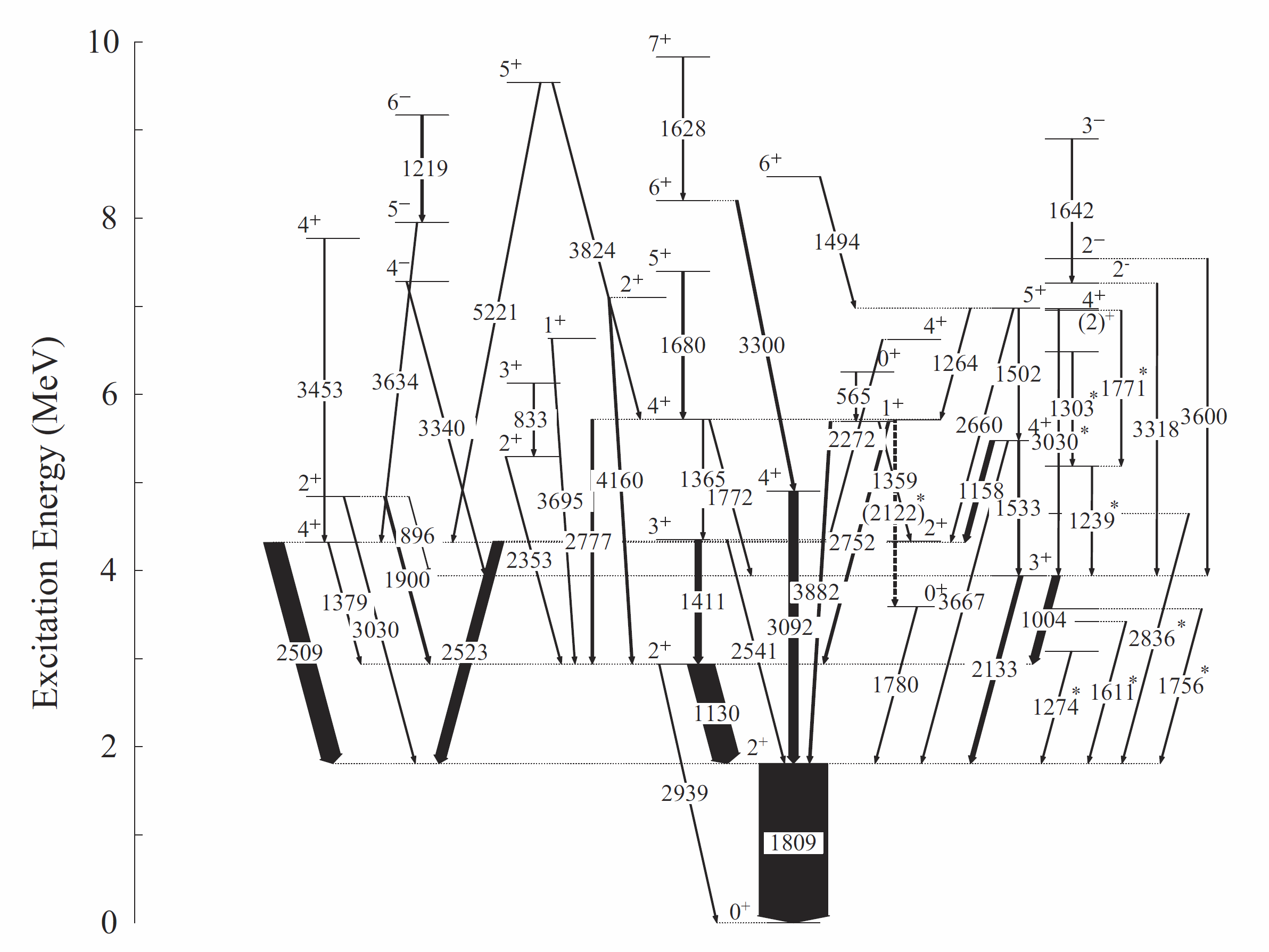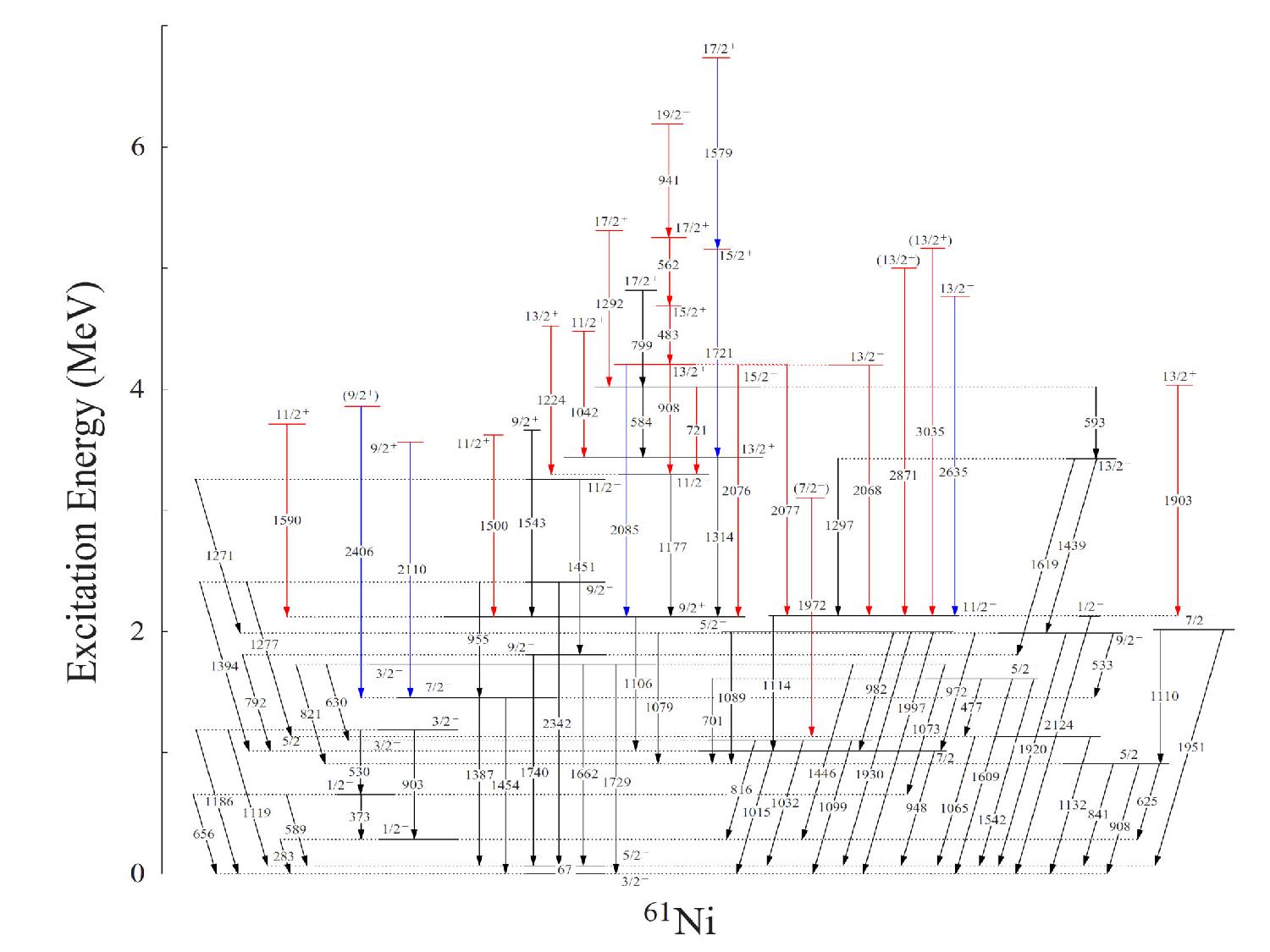Measurement of nuclear level lifetimes is one of the key components in nuclear
structure research. The Doppler Shift Attenuation Method (DSAM)
is one that is wielded to determine lifetimes in the range of few tens of fs to
few ps. The method is based on analysis of the Doppler shaped / shifted
gamma-ray transitions emitted from de-exciting nuclei, produced in a nuclear
reaction, as they slow down in the target and the backing medium.
Conventionally DSAM is carried out with a thin target, wherein the production
of residue
occurs, on a thick high-Z elemental backing that principally contributes to the
stopping process. Simulation of the latter is understandably one of the crucial
inputs in DSAM analysis and is also identified as one of the principal sources
of uncertainty on the resulting lifetimes.
The LINESHAPE package [J.C. Wells et al.
(1991)] is one of the codes which is extensively used across the globe fo r
the analysis of DSAM data.. However, the code, in
its original form, allows only elemental target and backing, to be used for
stopping simulations, and models the stopping powers based on old alpha and
proton stopping data.
Modification of the LINESHAPE code has been one of the recent thrust areas for our group. These endeavours have been primarily intended to
- incorporate molecular stopping media,
- updated stopping powers and
- thick target setup in DSAM analysis.
One of the major
modificative exercises has been to include the stopping powers calculated by
the SRIM software directly into the
lifetime analysis. The stopping power is
believed to be one of the principal sources of uncertainty in lifetime
determination and the same calculated using a contemporary, updated and
benchmarked code, like SRIM, is understandably a
much desired approach .
Further extension of the code has been implemented to embody DSAM setup with a thick target that provides for both the target and the backing. The effect of changing beam energy as it traverses the thickness of the target and the consequent change in the cross section for the residue of interest has been assimilated in the modified code.
The exercise was initiated in the light of the aforesaid spectroscopic investigations of sd-pf nuclei with thick molecular target, unconventional in DSAM measurements, but eventually comprehended to be of relevance even in typical setups.
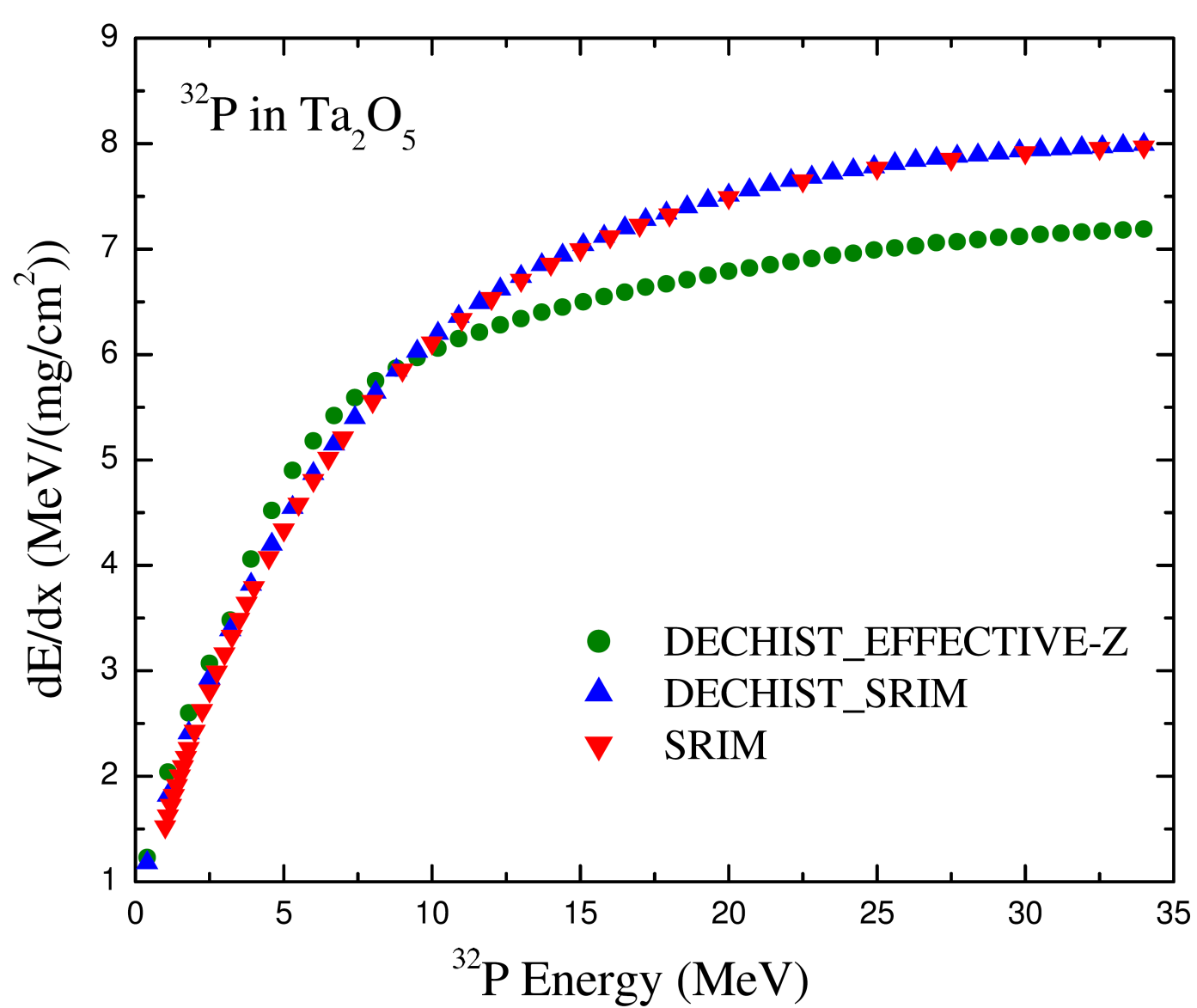
Stopping powers calculated using the prescriptions indicated in the legend.
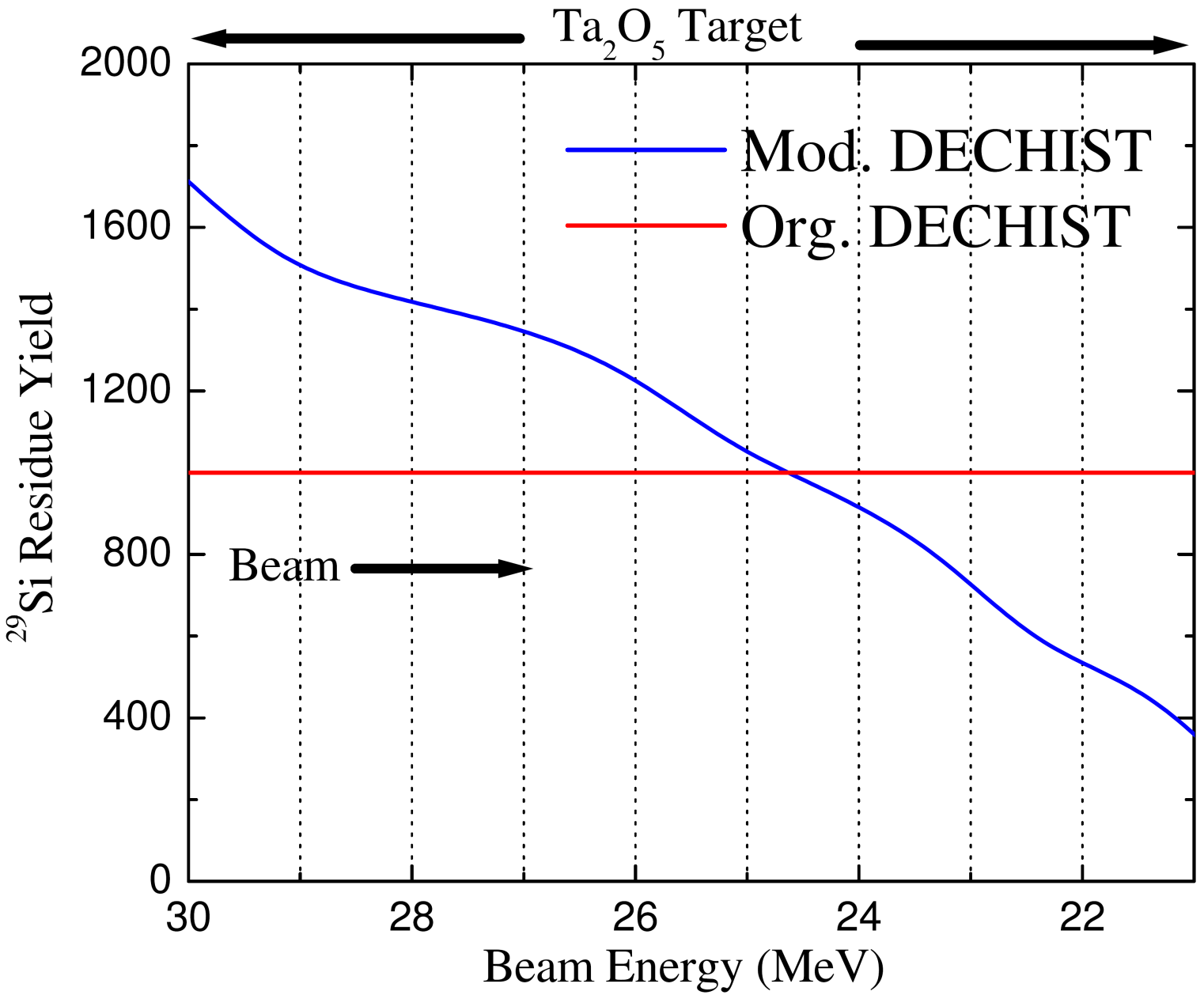
Incorporation of cross section dependence on the changing beam energy as the latter traverses the thickness of the target
In a further stride
towards ameliorating the stopping calculations in DSAM analysis, Monte Carlo
simulations of the stopping histories, carried out by the SRIM (TRIM) program,
have been directly incorporated in the LINESHAPE package, by rendering them
into a format compatible with the LINESHAPE operations.
The simulations for DSAM analysis would require
trajectories distributed over the thickness of the target and, for
compatibility with the LINESHAPE operation, should have the trajectory
information at uniform time steps.
Further, these results have to be folded in with the nusances of reaction
kinetics, before being finally used in the LINESHAPE analysis.
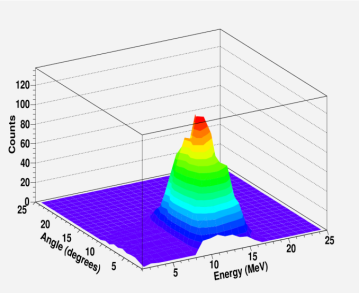
Incorporation of nuances of nuclear reations in LINESHAPE analysis
